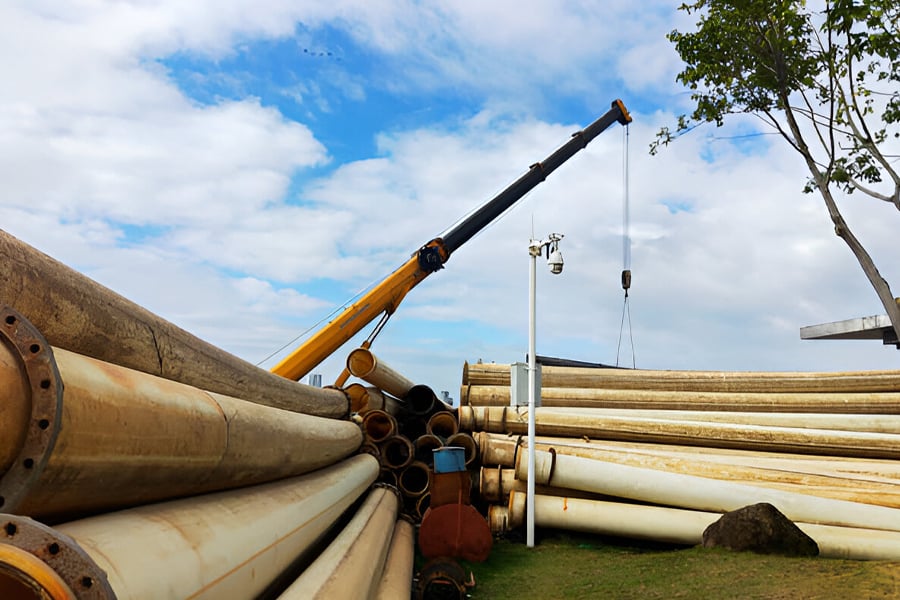Introduction
If you want to lift and move heavy loads quickly and efficiently, you need a cable hoist. These versatile machines come in a variety of sizes, shapes, and configurations, and can handle a wide range of loads. Whether you need a small hoist for a home workshop or a giant crane for a construction site, there's a cable hoist for sale that will meet your needs. In this article, we'll provide a comprehensive guide to buying the best cable hoist for your application.
Benefits of Cable Hoists
There are several advantages to using a cable hoist. First, they can lift and move heavy loads with ease, making them ideal for construction, manufacturing, and other industries that involve heavy machinery. Second, they are easy to operate, and can be controlled from a safe distance using a remote or pendant. Third, they are highly customizable, and can be configured to meet the specific needs of your application.
Applications of Cable Hoists
Cable hoists are used in a variety of industries, including construction, manufacturing, mining, and transportation. They are ideal for lifting and moving heavy machinery, equipment, and materials. They can also be used for maintenance and repair work, as well as for positioning and aligning large components. In addition, some cable hoists are designed for specialized applications, such as lifting boats out of water or hoisting people up to high places.
Types of Cable Hoists
There are several types of cable hoists to choose from, including manual, electric, and hydraulic. Manual hoists are operated by hand, and are ideal for smaller loads. Electric hoists are powered by electricity, and are ideal for heavier loads and more frequent use. Hydraulic hoists are powered by fluid pressure, and are generally used for the heaviest loads and the longest durations.
Factors to Consider When Choosing a Cable Hoist
When choosing a cable hoist, there are several factors to consider, including load capacity, lift height, speed, control options, and safety features. First, you need to determine the maximum weight of the load you'll be lifting. Second, you need to consider how high you need to lift the load. Third, you need to determine how quickly you need to lift and lower the load. Fourth, you need to consider the control options, such as whether you need a remote control or a pendant. Finally, you need to consider the safety features, such as overload protection, emergency stop buttons, and shock-absorbing systems.
Buying a Cable Hoist
If you're in the market for a cable hoist, there are several places to look for one. You can start by browsing online marketplaces such as Amazon or eBay, where you can find a wide range of hoists at varying prices and quality levels. You can also visit specialty stores or equipment dealers that specialize in lifting and rigging equipment. Before making a purchase, be sure to read reviews, compare prices, and ask questions to ensure that you're getting the best hoist for your needs.
Maintaining Your Cable Hoist
To ensure the long-term reliability and safety of your cable hoist, it's important to perform regular maintenance. This includes inspecting the hoist for wear and tear, lubricating moving parts, tightening loose bolts or screws, and checking the control systems for proper operation. It's also important to follow the manufacturer's recommendations for maintenance and inspection intervals, and to keep detailed records of all maintenance and repair activities.
Conclusion
If you need to lift and move heavy loads, a cable hoist is an indispensable piece of equipment. By choosing the right hoist for your application, and by performing regular maintenance, you can ensure that your hoist will serve you well for years to come. With the tips and information provided in this article, you'll be well on your way to finding the best cable hoist for sale.

